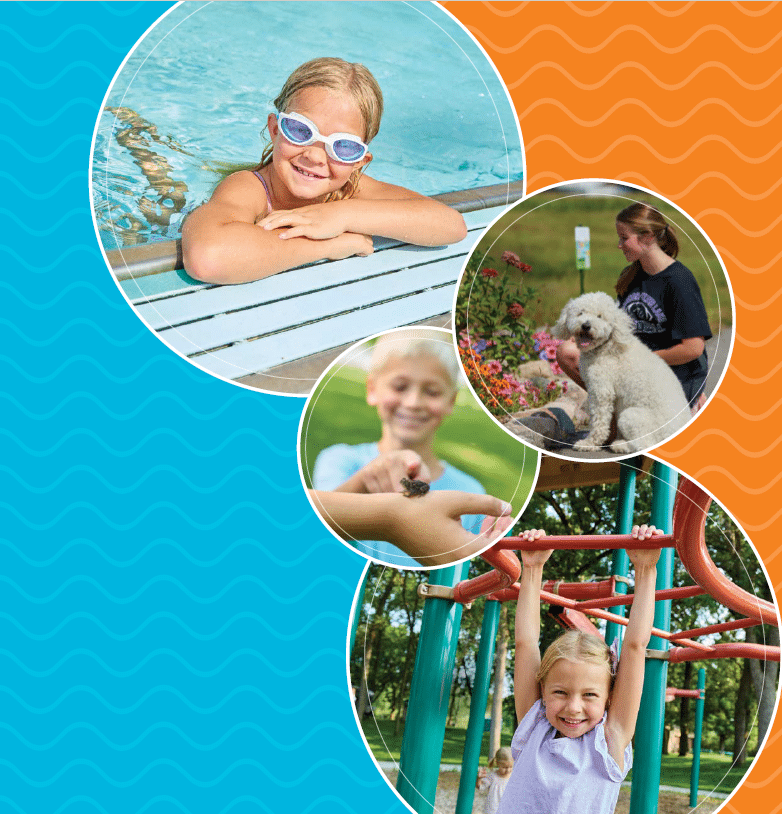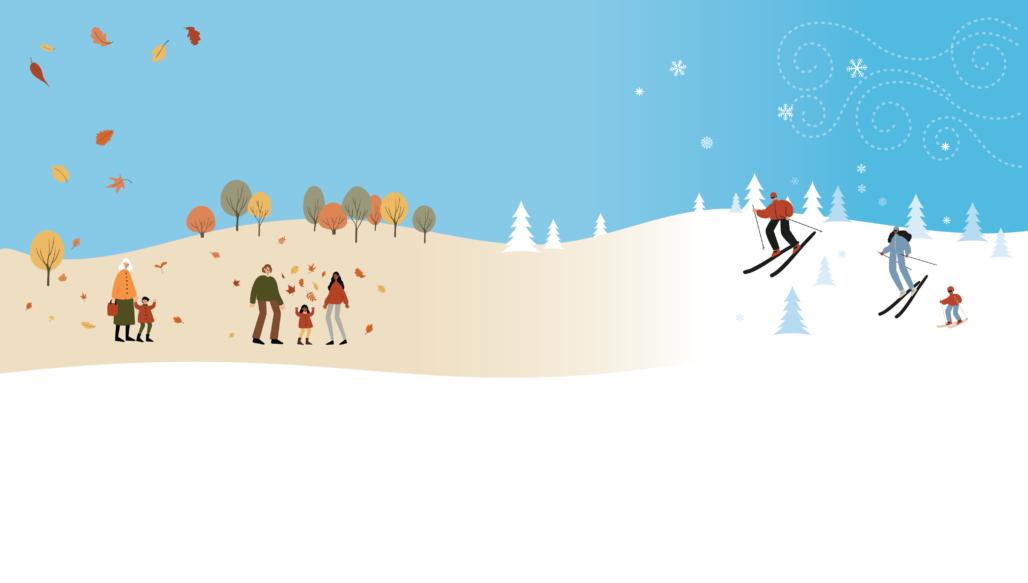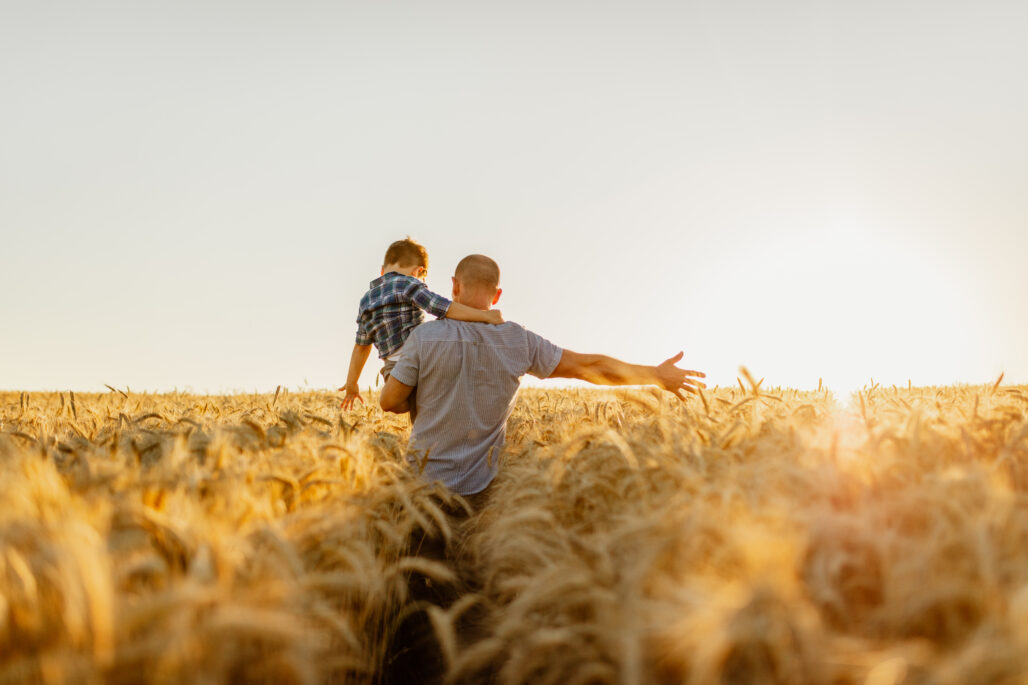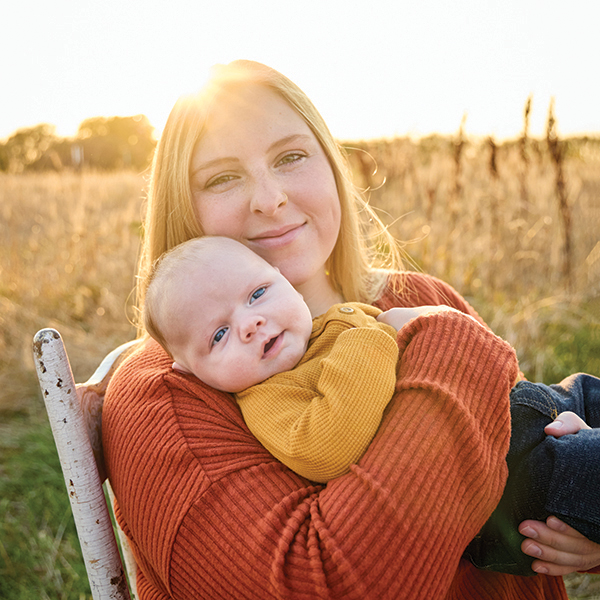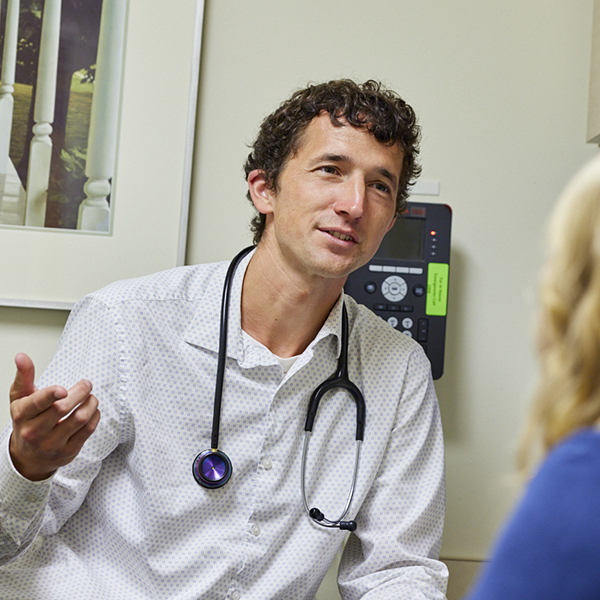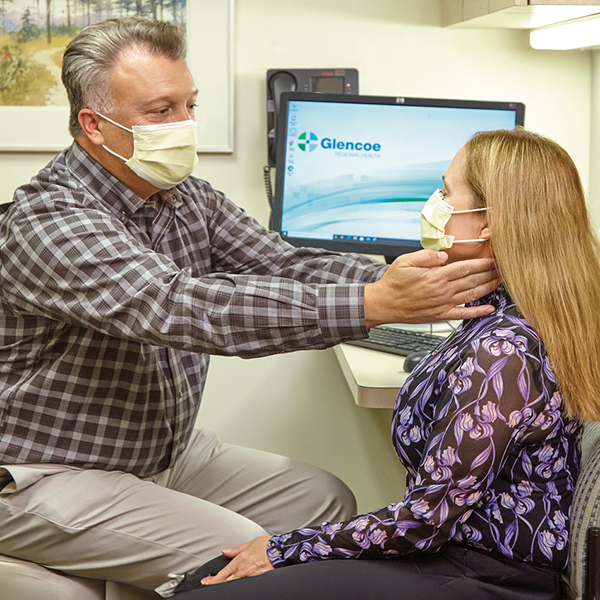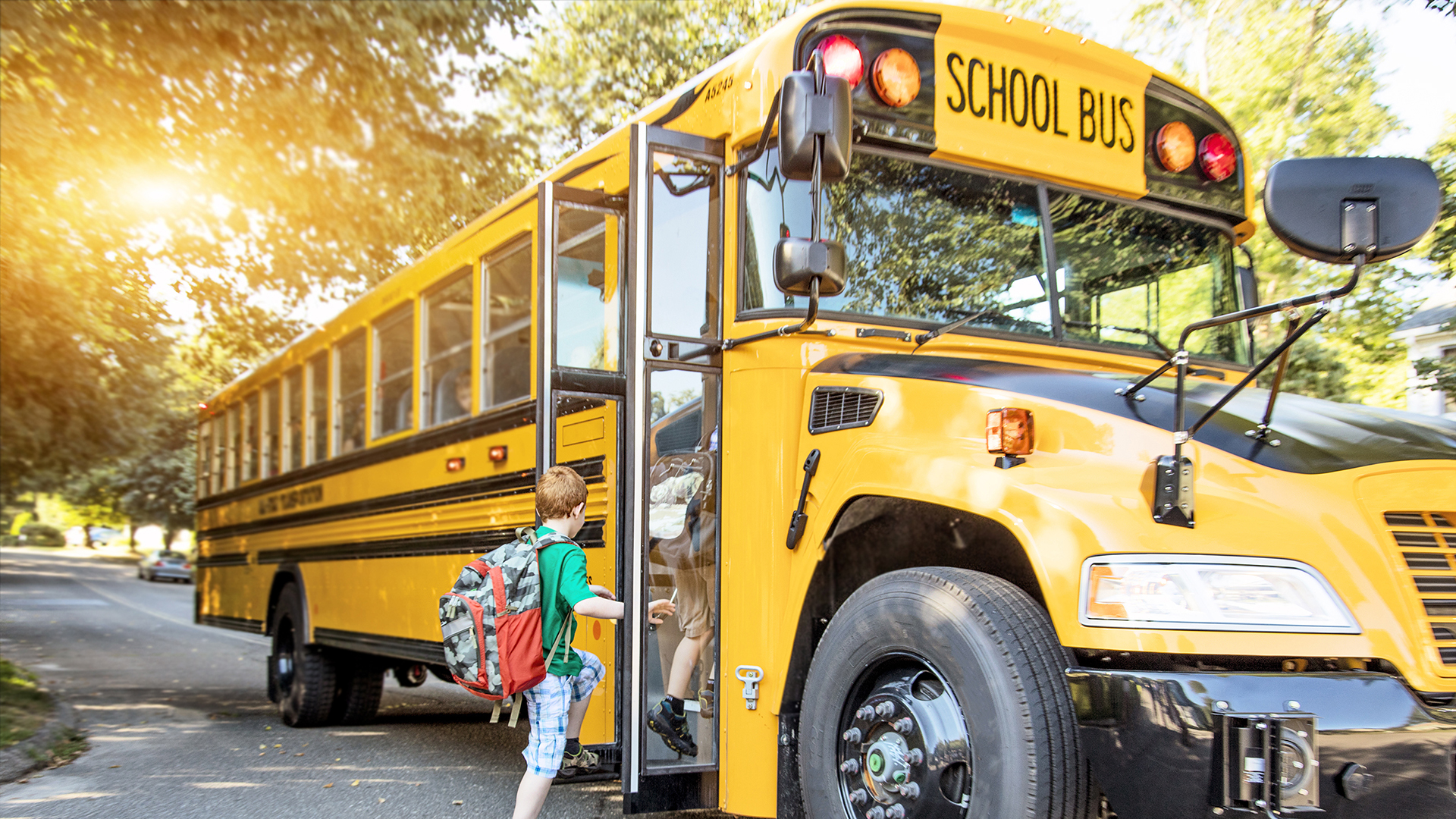
Injuries and accidents can happen in a second, and it’s up to adults to teach kids how to stay safe. When school starts each fall, it’s a great time for parents and kids to talk about safety rules and common-sense habits. Keep your child safe this school year.
This year, take the time to talk to your family about school safety. To help you with this important discussion, we’ve assembled a school safety guide filled with helpful tips and information. Of course, nothing keeps a child safer than a parent’s attention to detail.
Time flies fast for parents, so enjoy your back-to-school daze, focus on safety and as much as you can, keep your students out of harm’s way. We’ll be here for you if you need us.
Head, shoulders, knees, and toes. “Hey, kids! Parents ARE the boss of you!”
It may not be what most children want to hear, but it’s a fact: Kids answer to their adults, and it’s up to adult to teach them how to stay safe. When school starts each fall, it’s a great time for parents and kids to talk about safety rules and common-sense habits. Here are a few suggested messages to cover at your family’s back-to-school assembly.
Heads of the class
Sometimes, it seems like a person could maybe skip the bike helmet for just a short ride… But that doesn’t make any sense at all – accidents can happen anywhere, anytime! So if a bike, scooter or skateboard is moving and your child is on it, that kiddo should be wearing a helmet. It’s really that simple. Be sure your children wear helmets correctly – resting them on the back of the head does not protect skulls and brains from injury in an accident. Often, manufacturers include adhesive “spacers” to create just the right fit. Fit the helmet to the top of the child’s head, making sure it’s snug, and fasten the chinstrap. Of course, nothing takes the place of knowing the rules of the road, so be sure your helmeted kids understand that they need to pay attention. Teach them about safety, to ride with traffic and to always look both ways before venturing out on wheels.
Shouldering back-to-school packs
How much does that backpack weigh? And how much can a kid’s shoulders and back carry, anyway? When backpacks become too heavy and cumbersome, they tax the spine and back muscles and may be the start of adult back pain. The American Academy of Pediatrics advises that a backpack should never weigh more than 10-20 percent of the student’s body weight. That means your 80-pound fourth-grader can probably manage 8-16 pounds safely, and if your sophomore weighs 120 pounds, her backpack should weigh no more than 12-24 pounds. Heavy backpacks also cut off circulation and cause problems with gait and balance.
Safe backpacks have two wide, strong shoulder straps to help distribute weight, and they should never be slung over a shoulder – always use both straps to protect muscles, joints and the spine. If you choose to use a backpack-on-wheels, remember that it must still be carried up stairs, and it won’t handle well in the snow.
The knee is a terrible thing to break
Broken bones, damaged cartilage, ligament tears – these painful, debilitating joint injuries are often preventable. But try telling that to an avid skateboarder or in-line skater, flying out the door for after-school fun.
Kneepads, elbow pads and wrist guards not only protect skin, they work wonders safeguarding the entire joint, both hard and soft tissue. Childhood joint injury can lead to painful arthritis later, and though kids might not understand the risk, parents should insist.
With just a small investment of money and the few minutes it takes to “suit up” in safety gear, kids can enjoy their wheels of choice and parents can feel more confident about sending them out for fun.
At a sporting goods or discount store, look for kneepads, elbow pads and wrist guards that fit well: too loose, and protective gear may slip off a joint at exactly the wrong moment; too tight, and the joint could be overly stiff, actually making falls more likely.
Too-tight toe-holds
Here’s a strange-but-true fact: According to orthopedists and podiatrists, most kids are wearing shoes that are too small, or that don’t fit correctly.
Why? There are a number of reasons. Many parents buy shoes for their children based on size or price, rather than the fit. It’s understandable – busy families hardly have time to shop the shelf, much less sit for a fitting. Some families hand shoes down from the older children to the younger ones, but foot shape and width can vary among siblings. And kids love shoes, sometimes begging for the current cool shoe that may not offer enough support or flexibility.
But too-small and ill-fitting shoes can cause young, impressionable feet to grow incorrectly, setting the stage for bunions and tendon troubles later. Blisters can actually contribute to injuries in other parts of the body if a child favors the sore foot, upsetting balance or gait. Socks are a must for healthy feet – as so many adults know, there’s no
quicker way to get a blister than to go sockless in shoes! The back-to-school season is prime time for buying kids’ shoes. This year, take time to fit the shoe to the foot, allowing about one thumb’s width in the toe for that next growth spurt. The heel should fit snugly to prevent abrasion that will cause blisters. If you have a budding athlete, be sure that he or she has the right shoe for the sport. Talk to the coach, or do a little Web surfing to learn what’s best for which field.
Remember, too, that the right foot doesn’t always know what the left foot is doing – they may differ by as much a whole shoe size! Shop at the end of the day, when feet are at their widest, and choose a shoe size that fits the larger foot. One more thing: Flip-flops, sandals and shoes with higher heels don’t always mix well with kids’ activities, so be sure to check that footgear before your cyclist, scooterist or skate-boarder leaves the house!
Of course, nothing keeps a child safer than a parent’s attention to detail. Time flies so fast for parents – enjoy your back-to-school daze, focus on safety and as much as you can, keep your students out of harm’s way.

